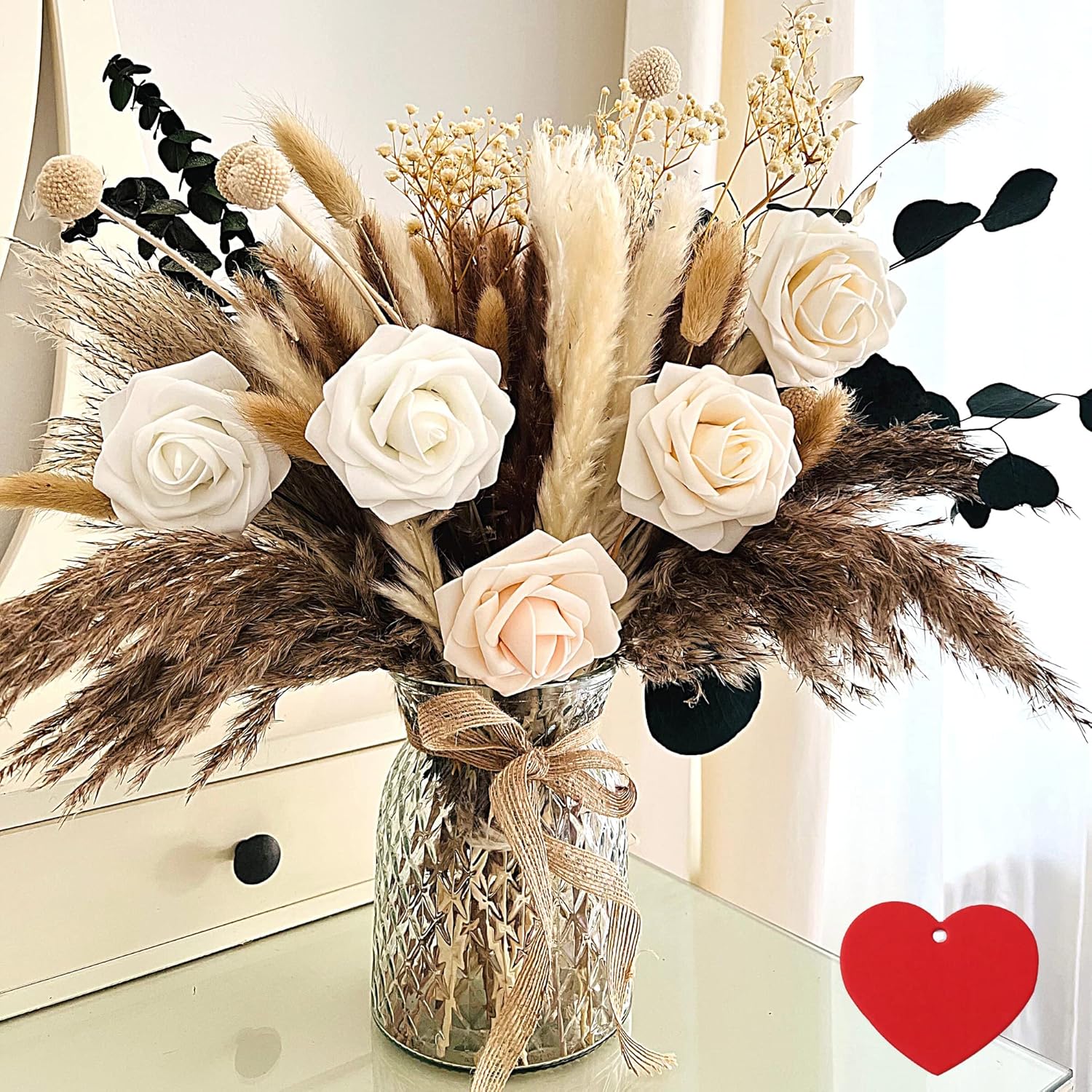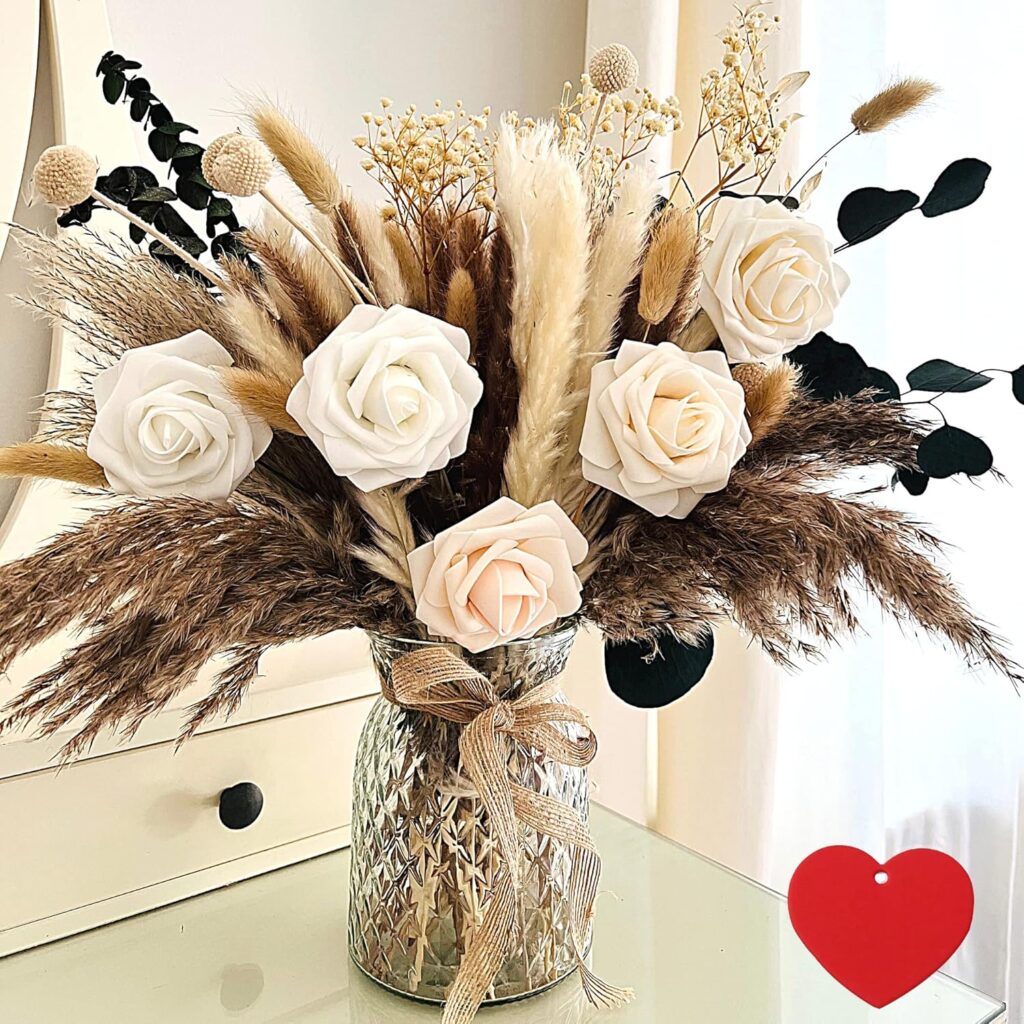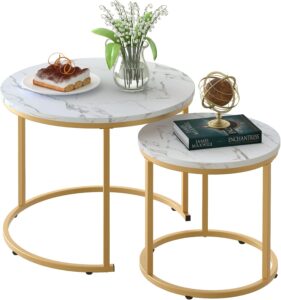Whether you’re decorating a new space, refreshing your home, or embarking on a complete makeover, defining your interior design style is the essential first step to creating a space you’ll love. Yet, with so many options—minimalist, bohemian, industrial, modern farmhouse, and beyond—it can feel overwhelming. Don’t worry! By the end of this guide, you’ll have clarity, confidence, and the tools to nail down a style that feels authentically you.
Let’s dive into the ultimate guide to defining your interior design style, one simple and fun step at a time. Find more home decor related posts here.
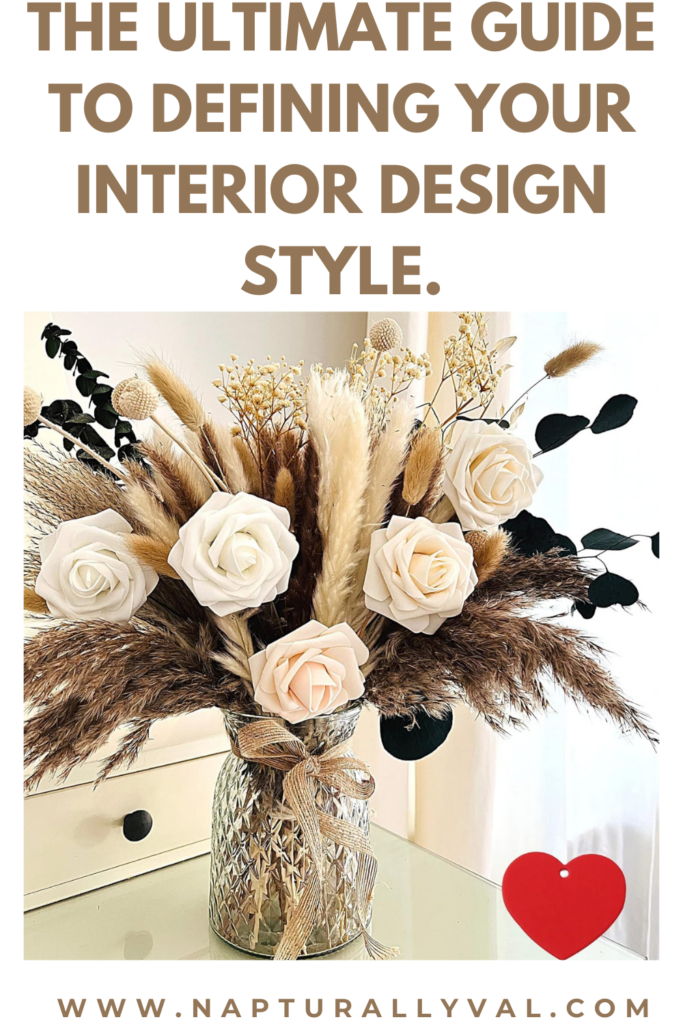
Table of Contents
How to Choose Your Interior Design Style.
1. Understand Why Defining Your Style Matters
Why spend time figuring out your interior design style? Here’s why:
- Saves Money: Knowing your style prevents impulse buys that don’t fit your vision.
- Simplifies Choices: With a clear direction, choosing furniture, colors, and decor becomes easier.
- Feels Authentic: A home that reflects your style feels personal and inviting.
When you define your style, your home becomes a curated reflection of your personality and preferences—not a patchwork of random trends.
2. Start with What You Love
Your home should make you feel something. A great way to discover your style is to focus on what you’re naturally drawn to.
Look Around Your Home
- Which pieces bring you joy?
- What’s working well?
- What feels out of place?
Create a Mood Board
Grab your favorite Pinterest board or start a new one. Save images that excite you, whether they’re color palettes, furniture styles, or entire rooms. Don’t overthink it, just pin what you love. After 20-30 pins, patterns will emerge. Are you gravitating toward warm neutrals, rich jewel tones, or industrial accents?
3. Decode the Design Styles You’re Drawn To
Let’s break down some popular interior design styles to help you identify your favorites.
Modern
- Clean lines, minimal decor, and open spaces.
- Neutral colors like whites, grays, and blacks with pops of bold accents.
- Think sleek furniture, metallics, and a clutter-free aesthetic.
Bohemian
- A free-spirited, layered look with lots of textures.
- Rich, earthy tones mixed with pops of color like mustard, teal, or magenta.
- Decor often includes macramé, vintage rugs, plants, and eclectic art.
Industrial
- Inspired by urban lofts and warehouses.
- Raw materials like exposed brick, concrete, and metal.
- Dark tones paired with weathered woods and Edison bulb lighting.
Farmhouse
- A cozy, rustic style with modern touches.
- Light, airy colors (whites, creams, soft blues) paired with wood elements.
- Shiplap walls, vintage accents, and warm textiles.
Mid-Century Modern
- Retro-inspired with sleek, functional furniture.
- Earthy hues like olive green, mustard yellow, and walnut brown.
- Statement lighting and geometric patterns.
4. Consider Your Lifestyle
Your lifestyle should shape your design choices, ensuring your home is as functional as it is beautiful.
Ask Yourself:
- Do you have kids or pets? Opt for durable, stain-resistant fabrics.
- Do you entertain often? Consider an open floor plan with plenty of seating.
- Do you value low-maintenance spaces? Minimalist or modern styles might be for you.
Design isn’t just about aesthetics—it’s about creating a home that works for you.
5. Factor in Your Space
The architecture and layout of your home often dictate which styles will look best. A sleek, modern condo might not lend itself well to a rustic farmhouse aesthetic, but it could shine with industrial or Scandinavian decor.
Pro Tip: Work with What You Have
Highlight your home’s features rather than working against them. For example:
- Exposed beams? Lean into rustic or boho vibes.
- High ceilings? Emphasize verticality with tall curtains or oversized art.
- Small space? Scandinavian and minimalist styles maximize functionality.
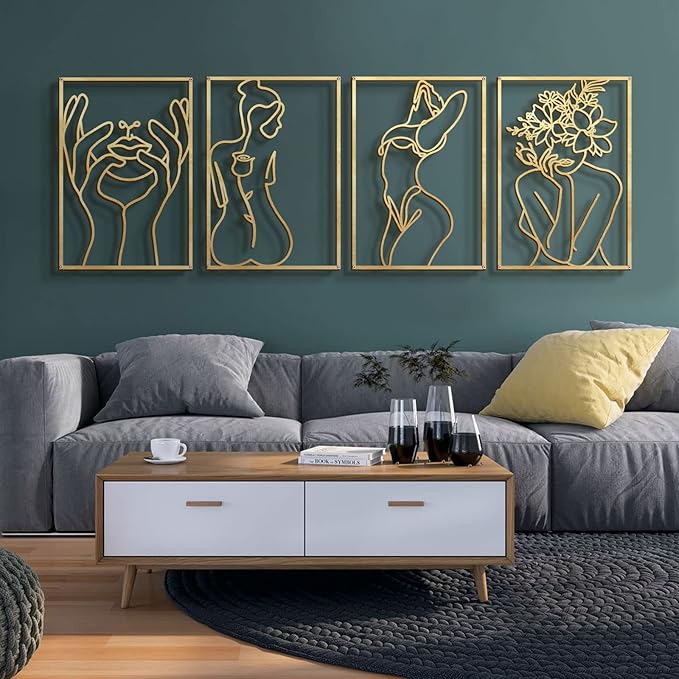
6. Use Color as a Compass
Color is one of the easiest ways to identify and refine your style. What hues make you feel at home?
Color Palettes by Style
- Modern: Monochrome with bold pops (e.g., black, white, red).
- Bohemian: Earth tones (terracotta, rust, olive green) and jewel tones.
- Scandinavian: Neutral whites, soft grays, and pale pastels.
- Coastal: Breezy whites, blues, and sandy beiges.
Pro Tip: Test Before You Commit
Sample paint colors and fabrics in your space to see how they look in different lighting throughout the day.
Related post: How to Choose the Perfect Color Palette for Your Home
7. Mix and Match (the Right Way)
Can’t pick one style? You don’t have to! Many of the most beautiful homes blend styles seamlessly.
How to Mix Styles Without Chaos
- Choose a Dominant Style: Let one style take the lead (e.g., 70% modern, 30% boho).
- Find Common Elements: For example, pair rustic woods (farmhouse) with minimalist furniture (modern).
- Keep the Color Palette Cohesive: A consistent color scheme ties different styles together.
8. Invest in Key Pieces
Once you’ve defined your style, invest in foundational items that anchor your space. Think:
- A statement sofa or bed.
- Dining table and chairs.
- High-quality rugs.
Splurge on these larger items—they’ll set the tone for the room. Save on smaller decor like throw pillows, lamps, and artwork, which are easier (and cheaper) to swap out over time.
9. Avoid the Trend Trap
Trends can be tempting, but they often have a short shelf life. Instead of fully committing to the latest fad, incorporate trends through smaller, less expensive pieces like:
This way, your space stays fresh without losing its timeless appeal.
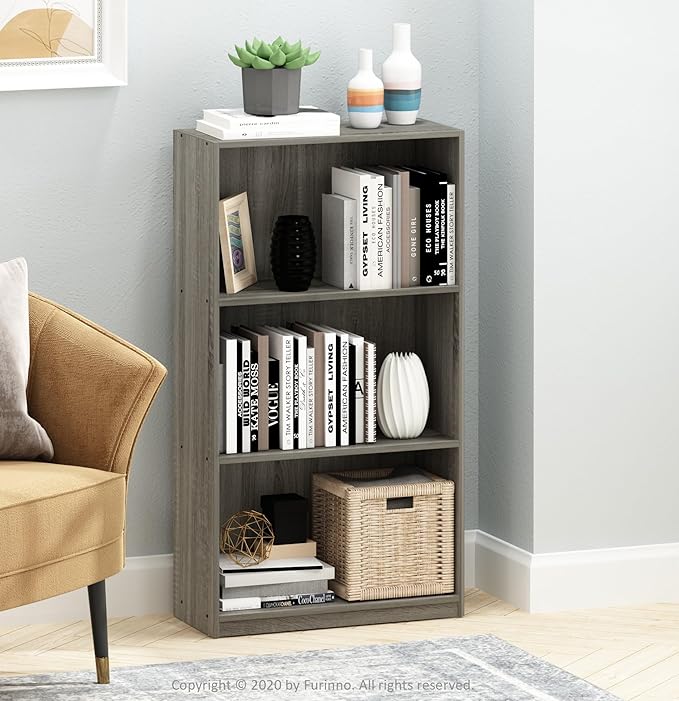
10. Stay True to Yourself
Finally, remember: your home should reflect you, not what’s popular on Instagram or in magazines. If you love bold patterns and colors in an otherwise minimalist space, embrace them. If vintage finds bring you joy, sprinkle them in.
Interior design isn’t about perfection—it’s about creating a space where you feel at home.
The Fun Part: Bringing It All Together
Once you’ve defined your style, it’s time to put it into action! Here’s a step-by-step approach:
- Declutter: Start with a clean slate by removing items that don’t align with your vision.
- Plan Your Layout: Use online tools or pen and paper to sketch a floor plan.
- Layer Decor: Start with large items (sofas, rugs, beds), then layer smaller decor like throw blankets, plants, and art.
- Take Your Time: You don’t have to furnish your home overnight. Collect pieces you love over time for a truly curated space.
Closing Thoughts
Defining your interior design style is a journey, not a destination. As you evolve, so will your taste—and that’s okay! By following this guide, you’ll have a strong foundation to create a home that feels timeless, personal, and uniquely you.
So, which style speaks to you? Take the leap, trust your instincts, and start crafting a space you’ll adore for years to come.

